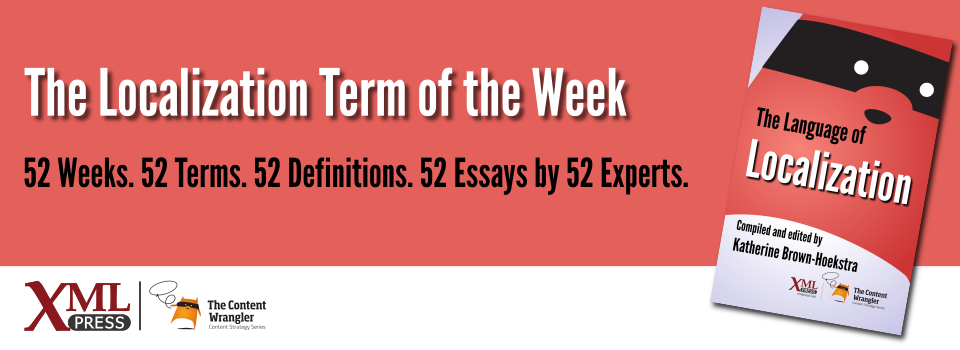What is it?
The original language that content is created in and from which translation takes place.
Why is it important?
The source language carries the original meaning and intent of a communication, as created by the content author, that is then conveyed in the process of translation.
Why does a technical communicator need to know this?
The source language contains the meaning, intent, and substance of the communication of original content (e.g., a text message, software app, website, documentation, audio, video, etc.) that will be conveyed into one or more target languages. Together, the source and target form a language pair, which is the basis for all translation.
Before rendering the meaning of source content into a target language, translators must be fluent in the source language, and native speakers of the target language. Translators must understand the text perfectly, including specialized terminology, tone, speech register, style, and more. In addition to this linguistic precision, translators must also grasp the purpose of the message and the desired outcome for the recipient, as well as understand the context of the content and how it can affect meaning. A marketing piece is worded differently than instructions in a machine operator’s manual, and a different outcome is expected. For a marketing piece, the content author might tolerate ambiguity because the aim is affinity and a call to action. For an operator’s manual, precision and clarity are most important.
In addition to meaning, the source language determines a critical aspect of localization: cost. Typically, translation is priced by the source word (this is because the volume of target words can vary widely, depending on the target language and the translation itself)[Fenstermacher 2005]. This makes it especially important to control the volume and consistency of source language words as much as possible[O'Keefe 2012][Plain Language].
References
- [O'Keefe 2012] O’Keefe, Sarah and Alan S. Pringle (2012). Content Strategy 101. Scriptorium. Tips on Creating Content for Localization.
- [Plain Language] Checklist for Plain Language: From the U.S. Government effort to simplify and clarify communications: Plain language (also called Plain English) is communication your audience (translators, too!) can understand the first time they read or hear it.
- [Fenstermacher 2005] Fenstermacher, Hans (2005). Volumizing: Good for Hair, Bad for Content: Fenstermacher, Hans. This article goes into some detail about why writers create too much text and some techniques that can be used to minimize it and the cost of translation.

